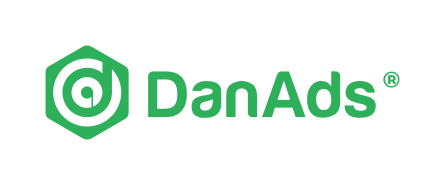Everywhere you look in the publishing world, first-party data is being talked about. So what is it, why does it matter, and how can publishers and their advertisers leverage it for better business outcomes? Don’t worry ﹣ we’ve got you covered.
What is first-party data?
First-party data is information collected directly from a website or app by the owner of that platform. It can include information about user behavior, preferences, and demographics, as well as data about the content and products that are being consumed.
Why is first-party data valuable?
First-party data is often more accurate and specific than third-party data, which is collected by external companies and may be less reliable. By using first-party data, publishers and advertisers can create more targeted and personalized experiences for their audiences, leading to higher engagement and conversion rates.
In addition to the benefits for publishers and advertisers, first-party data can also be a win for consumers. By creating more personalized and relevant experiences, brands can provide value to their customers and build trust, which can lead to a better overall experience for the user and ultimately drive brand loyalty and advocacy.
But it’s important for both publishers and advertisers to be transparent about their data collection practices and to respect users’ privacy. This includes obtaining consent before collecting and using personal data, as well as implementing appropriate security measures to protect that data.
Some quick statistics about 1st party data:
- 92% of leading marketers believe using first-party data to continuously build an understanding of what people want is critical to growth
- 54% of users are willing to share personal information if it would be used to curate personalized experiences
- 61% of high-growth companies are shifting toward first-party data for their personalization strategies
How can publishers use first-party data?
For publishers, first-party data can be a valuable tool for understanding their audience and creating content that resonates with them. By analyzing data on user behavior, publishers can identify popular topics and formats, and tailor their content strategy accordingly. This can lead to increased traffic and revenue, as well as stronger relationships with readers.
First-party data can also help publishers better monetize their content. By understanding the preferences and demographics of their audience, publishers can create more effective ad campaigns and sell ad space to brands that are more likely to appeal to their users. This can lead to higher ad rates and more valuable partnerships.
In addition, first-party data can be used to identify opportunities for native advertising, which has become increasingly popular. Native advertising refers to ads that are designed to blend in with the surrounding content and look like editorial content rather than traditional advertisements. Many consumers prefer native advertising to more traditional forms of advertising, as it tends to be less intrusive and more relevant to their interests. It helps for advertisers to blend into the media environment, rather than to always aggressively stand out – even if that seems counterintuitive.
One of the key benefits of native advertising is that it can be more effective in trusted brand contexts. When consumers see native ads from trusted brands in the context of editorial content, they are more likely to view the ads as useful and relevant, leading to higher engagement and conversion rates. This is especially true for native ads that are integrated into content that is already of interest to the user.

How can advertisers use first-party data?
Advertisers also benefit from the use of first-party data. By having access to data directly from the publishers they work with, advertisers can create more targeted and effective campaigns. This can lead to higher conversion rates and a better return on investment.
First-party data can also help advertisers build better relationships with their customers. By using data to create personalized and relevant experiences, advertisers can foster brand loyalty and increase customer retention. Native advertising can be particularly effective for this, as it allows advertisers to reach consumers with messages that are tailored to their interests and delivered in a context that is trusted by the user.
In addition to the benefits of native advertising for trusted brand contexts, first-party data can also be used to target specific segments of the population or to reach consumers in specific geographic locations. By analyzing data on user demographics and behavior, advertisers can create more targeted campaigns that are more likely to be relevant to specific groups of users. This can lead to higher conversion rates and a better return on investment.
First-party data can also be used to optimize the delivery of native ads. By analyzing data on user behavior, advertisers can identify the most effective times and places to deliver native ads, leading to higher engagement and conversion rates. For example, an advertiser might use data to determine that a particular group of users is more likely to engage with native ads on certain days of the week or at certain times of day, and then use this information to optimize the delivery of their ads.
Overall, first-party data is a valuable asset for both publishers and advertisers. By using this data to create targeted and personalized experiences, brands can drive higher engagement and conversion rates, build stronger relationships with their audience, and ultimately drive business success.






